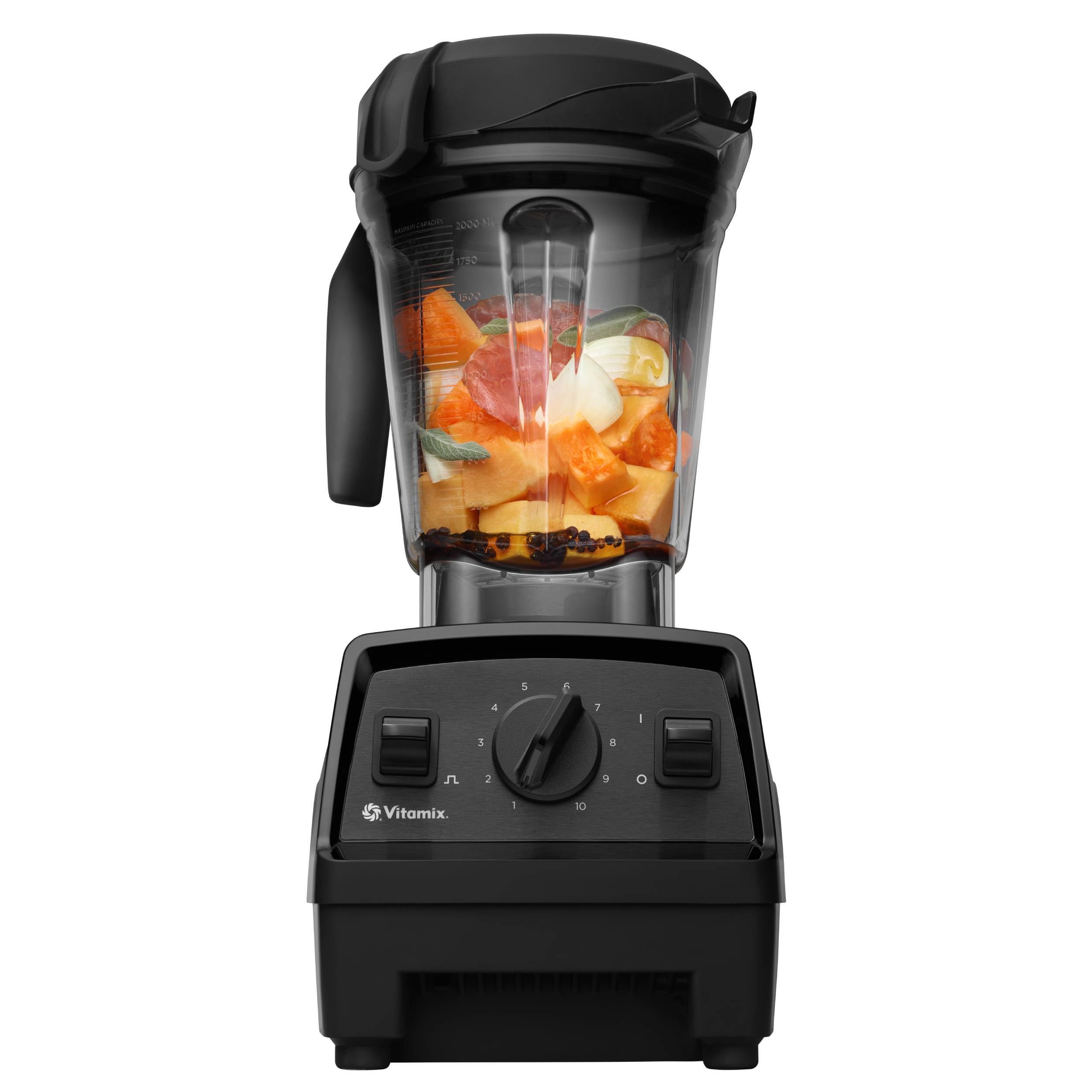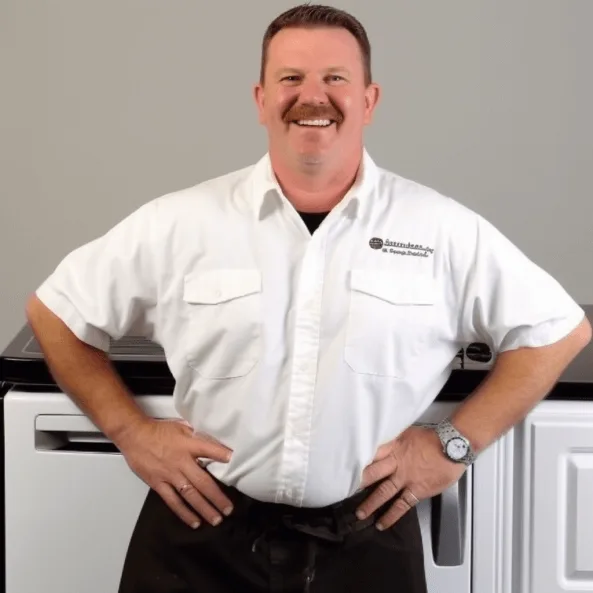Have you ever found yourself in the middle of cooking a meal when suddenly one of your stove burners stops working? It’s frustrating and can throw a wrench in your dinner plans. You’re not alone in this; many people face this issue at some point.
Key Takeaways
- Common Causes of Burner Malfunction: Familiarize yourself with typical issues, such as lack of power, faulty thermostats, and improper burner placement, to effectively troubleshoot stove problems.
- Power Source Check: Always verify the power supply by checking plug connections, inspecting circuit breakers, and testing the outlet with another appliance.
- Signs for Professional Help: Recognize when to seek expert assistance, especially for persistent error codes, unusual noises, or gas smells.
- Cost Awareness: Understand the potential repair costs, including service calls, parts replacement, and electrical repairs, to better prepare for servicing your stove.
- Preventative Maintenance: Implement regular cleaning, inspections, and testing of components to prolong the life of your stove and prevent future breakdowns.
- User Manual Importance: Always refer to your stove’s user manual for specific troubleshooting steps and safety guidelines tailored to your model.
Common Issues With Stoves
Stoves can frustrate you when they malfunction. Understanding common issues helps you troubleshoot effectively.
Lack of Power
A lack of power often causes one burner to fail. Check these aspects:





- Power Source: Ensure the stove is plugged in and the outlet works. Test the outlet with a different appliance.
- Circuit Breaker: Inspect your home’s circuit breaker. If the breaker is tripped, reset it.
- Connection Issues: Examine any visible cords for damage. Damaged cords can disrupt power flow.
If all checks pass and you still face issues, professional inspection may be necessary.
Faulty Thermostat
A faulty thermostat can result in inaccurate temperature readings. Look for these signs:
- Inconsistent Heating: If the burner does not heat evenly, its thermostat might be malfunctioning.
- Error Codes: Some modern stoves show error codes on their displays. Refer to the user manual for troubleshooting steps.
- Calibration Issues: Check whether the thermostat is calibrated correctly. Refer to the manufacturer’s instructions to reset it if needed.
If the thermostat shows persistent problems, consider consulting a technician for calibration or replacement.
Troubleshooting Steps
When one of your stove burners doesn’t work, quick troubleshooting can save you time and frustration. Follow these steps to identify and fix common issues.
Checking the Power Source
- Verify Plug Connection: Ensure the stove is plugged securely into the outlet. A loose connection can cut off power.
- Inspect Circuit Breaker: Check the circuit breaker panel for any tripped breakers. If a breaker is tripped, reset it and test the burner again.
- Test Outlet: Use another appliance to confirm the outlet is working correctly. If that appliance fails, consider calling an electrician.
- Examine Burner Placement: Ensure the burner is properly seated in its socket. Sometimes, repositioning it solves the problem.
- Clean Burner Contacts: Remove the burner and clean the contact points with a damp cloth. Dirty contacts can prevent proper function.
- Check for Damage: Inspect the burner for any signs of damage or wear, such as cracks. Replace any damaged burners to restore functionality.
By following these troubleshooting steps, you can pinpoint the issue with your stove burner and determine if further assistance is necessary.





When to Call a Professional
If your stove burner shows persistent issues, calling a professional might be necessary. Knowing when to seek help can save time and prevent further damage.
Signs You Need Expert Help
- Unusual Noises: If the stove emits strange buzzing or clicking sounds, consult a technician.
- Persistent Error Codes: Error codes that appear repeatedly indicate a deeper issue.
- Unresponsive Controls: If buttons or knobs fail to function correctly, professional repair may be required.
- Gas Smell: If you smell gas while using a gas stove, turn it off immediately and contact a professional.
- Frequent Power Issues: Regular power supply problems may point to electrical faults that need expert attention.
Potential Costs Involved
Understanding potential costs helps you prepare for service. Here’s a breakdown of typical expenses:
| Service Type | Estimated Cost Range |
|---|---|
| Diagnostic Service Call | $75 – $150 |
| Burner Replacement | $100 – $200 |
| Thermostat Repair | $150 – $300 |
| Wiring or Electrical Repair | $100 – $500 |
| Gas Line Repair | $200 – $800 |
Prices may vary based on the technician’s experience, your location, and any parts needed for repair. Always ask for a quote before starting the service.
Preventative Measures
Implementing preventative measures can significantly extend the life of your stove burner and minimize frustrating issues.
Regular Maintenance Tips
- Clean Burners Frequently: Keep burners free from food spills and grease. Use a damp cloth or sponge for routine cleaning to prevent residue buildup.
- Inspect Connectors: Check the electrical connectors regularly. Ensure they’re tight and free from rust or corrosion, which can impact performance.
- Test Thermostats Periodically: Regularly test the thermostat’s accuracy by using an oven thermometer. An accurate thermostat ensures proper heating.
- Run a Self-Diagnosis: Many modern stoves have a self-diagnosis feature. Utilize this function to check for error codes and address issues promptly.
- Replace Damaged Parts: If you notice any parts showing wear or damage, replace them immediately. Ignoring damaged components can lead to bigger problems.
- Check Power Supply: Ensure the stove is plugged into a working outlet. Regularly inspect the power cord for fraying or damage.
- Avoid Overloading Circuits: Do not operate multiple high-wattage appliances on the same circuit as the stove. This minimizes the risk of tripped breakers.
- Install Smoke Detectors: Ensure smoke detectors are in place and functional near the kitchen for early warning of any issues.
- Use User Manuals: Always consult the user manual for safety guidelines specific to your stove model. Understanding its features enhances safety.
- Immediate Response to Gas Smells: If you smell gas, take immediate action—turn off the gas supply and ventilate the area. Evacuate if necessary and contact professionals.
Conclusion
Dealing with a stove burner that won’t work can be a real hassle but you’re not alone in this. By following the troubleshooting tips provided you can often identify the issue and get back to cooking in no time. Remember to keep an eye out for signs that might indicate a need for professional help.





Regular maintenance and a bit of care can go a long way in preventing future problems. So take a moment to check your stove and make sure everything’s in tip-top shape. Happy cooking and may all your meals be delicious!
Frequently Asked Questions
What are common stove burner issues?
Stove burner issues often include lack of power, faulty thermostats, incorrect burner placement, and dirty burner contacts. Addressing these problems can involve checking power connections, inspecting for tripped breakers, and ensuring burners are clean and correctly seated.
How can I troubleshoot a malfunctioning stove burner?
To troubleshoot, verify the plug connection, check the circuit breaker, and test the outlet with another appliance. Make sure the burner is properly seated and clean the contacts. Inspect the burner for any visible damage as well.
When should I call a professional for stove repair?
Call a professional if you notice unusual noises, persistent error codes, unresponsive controls, gas smells, or frequent power issues. These signs indicate potential serious problems that may require expert intervention.
What are the potential costs for stove repairs?
Repair costs can vary based on location and technician experience. Common service costs include diagnostic calls, burner replacements, and thermostat repairs. Always request a quote to prepare for potential expenses.
How can I prevent stove burner issues?
Preventive measures include regular cleaning, inspecting electrical connectors, and testing thermostat accuracy. Additionally, running self-diagnosis checks, replacing damaged parts, and ensuring smoke detectors are functional can help extend the life of your stove burners.

Hey, I’m Jake. I focus on cooling systems at Appliance Mastery, like fridges, freezers, and air conditioners.
I’ve worked in appliance repair for more than ten years and I’m certified through NASTeC. I’ve seen just about every fridge issue you can imagine.
My goal is to help you fix problems without stress. Whether it’s a freezer that won’t cool or an AC that keeps beeping, I’m here to walk you through it.
